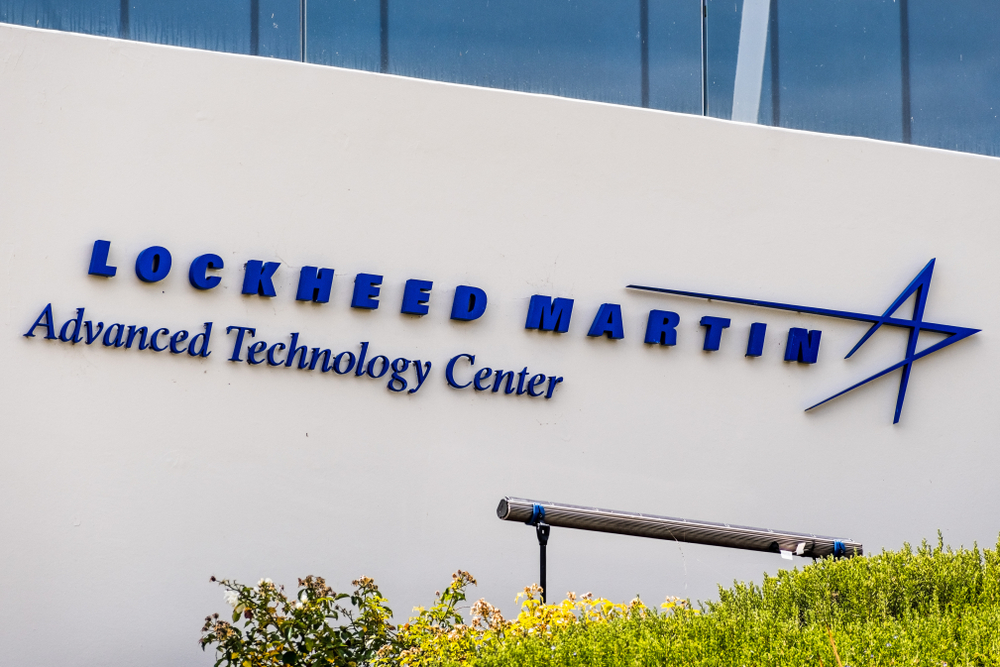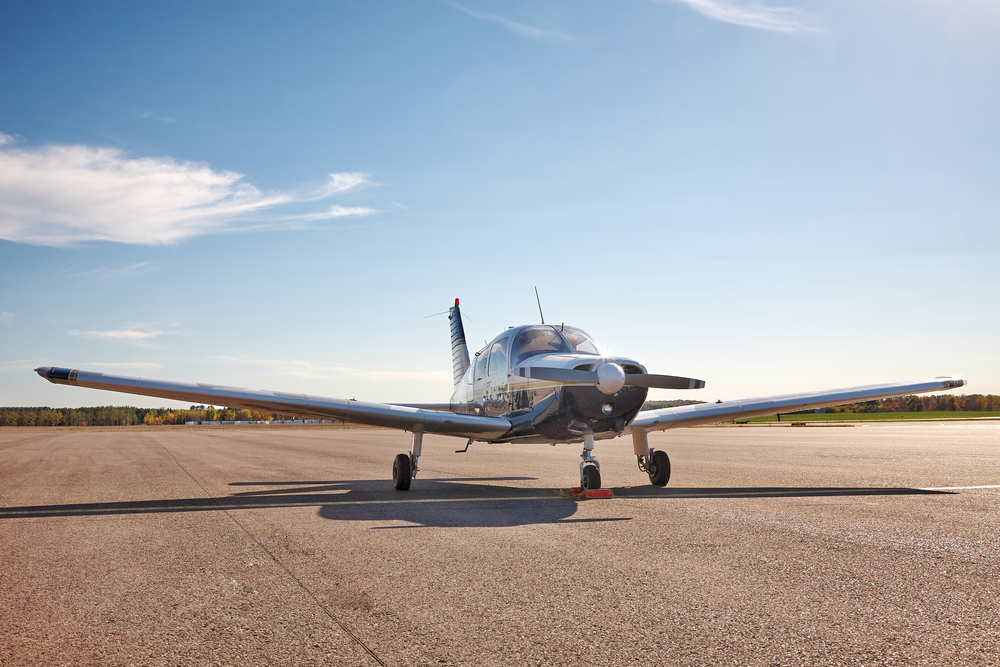The X-59 revolutionizes supersonic travel with quiet boom technology. Discover how NASA’s groundbreaking jet is shaping the future of aviation. Learn more today.
Table of Contents
x59 First Flight: A New Era of Aviation
On a momentous day for aviation, the X-59 Quiet SuperSonic Technology (QueSST) aircraft took to the skies for the first time. The X-59 is a product of NASA’s commitment to creating quieter supersonic travel. This project aims to develop a plane that minimizes the disruptive sonic booms caused by breaking the sound barrier.
The Aircraft: X-59 Quiet Supersonic Technology
The X-59 is an experimental plane designed primarily for research. Its design focuses on mitigating noise pollution associated with supersonic flight. Unlike military jets, the X-59 carries no weapons. It serves purely as a testing platform. NASA engineers hope this plane will lead to new regulations, allowing for commercial supersonic flights over land.
Traditional supersonic aircraft generate loud sonic booms, preventing them from flying over populated areas. The X-59 features an elongated nose and innovative airframe design. This design minimizes the shock waves that lead to those booms. The plane’s single-seat design is simple, focusing on functionality essential for data collection.
The Engineering Behind the X-59

Development of the X-59 involved collaboration between NASA and Lockheed Martin. This partnership blended government resources with private sector expertise. Engineers have incorporated advanced aerodynamics and structural components into the X-59’s design. This ensures minimal sound disturbance while maintaining performance.
The aircraft utilizes lightweight materials like carbon composites in its construction. These materials provide strength without adding unnecessary weight. The unique shape of the X-59’s fuselage plays a critical role in noise reduction. It shapes the sonic waves produced as the plane reaches supersonic speeds.
The cockpit of the X-59 sits lower compared to conventional cockpits. This unconventional design improves aerodynamics. Pilots rely on an external vision system for navigation because of the reduced direct forward view.
Goals and Expectations
The X-59 project aims to demonstrate low-boom supersonic flight. Successful testing could influence future aviation policies. NASA plans to fly the X-59 over various communities. The agency will collect data on public perception of the noise levels. This data could lead to revised regulations for supersonic flight paths.
Creating a viable path for commercial supersonic flights over land could revolutionize air travel. Reducing travel time without increasing noise pollution is a significant advancement. Companies interested in developing next-generation supersonic jets have much to gain from the research findings.
The First Flight
The first flight of the X-59 was a carefully planned endeavor. Engineers and test pilots conducted extensive simulations and ground tests. The plane’s first sortie aimed to validate systems and structures under flight conditions.
The maiden flight took place at a secure test facility. Timing was vital, with weather and atmospheric conditions carefully monitored. Test pilots executed a series of maneuvers during the flight. These checked the aircraft’s control and performance characteristics.
Data collected from onboard instruments enabled analysis of structural integrity and aerodynamics. Engineers monitored real-time data throughout the test. This ensured immediate responses to any unexpected anomalies.
Challenges and Solutions
Creating an aircraft like the X-59 was not without challenges. The innovative design posed several engineering puzzles. Developing an efficient yet quiet engine was a significant hurdle. The need for low-noise propulsion without sacrificing speed required new methodologies.
The integration of advanced computer systems for flight control was another challenge. These systems must handle intricate aerodynamics while maintaining pilot control. Ensuring reliability and safety in these systems was paramount.
Regulatory challenges also loom. Supersonic flight over land has been restricted due to noise concerns. Without changes in legislation, commercial applications remain limited. The X-59 may pave the way for future negotiations on these regulations.
The Future of Supersonic Travel
Successful testing of the X-59 could lead to a renaissance in supersonic travel. Airlines could offer faster transcontinental flights. Business travelers and international passengers stand to benefit the most. Speed over distance, previously limited to oceans, may soon be available everywhere.
Reducing environmental footprints is a parallel consideration. Advances in sustainable aviation fuel and more efficient engines are crucial. Future supersonic travel must address not just noise but also carbon emissions.
Public acceptance hinges on perceived safety and comfort. Therefore, not just technological but social engineering challenges await. Ensuring a smooth transition to widespread supersonic travel will require careful planning.
X-59’s Role in Broader Aviation Innovations
The innovations developed for the X-59 aren’t limited to noise reduction. Lessons in aerodynamics, materials science, and propulsion offer broader applications. Improvements in civilian and military aircraft design are possible.
Other sectors might benefit, too. Manufacturing processes developed for the X-59 could influence other industries. The aerospace industry often sets precedents that trickle down to everyday technologies.
Partnerships like the one between NASA and Lockheed Martin set an example. Collaboration between public entities and private enterprises accelerates innovation. This synergy often leads to breakthroughs unattainable by solitary efforts.
Capturing Public Imaginations and Support
The allure of supersonic travel captures the public imagination. Yet, economic and environmental considerations play a role in its feasibility. Stories of Concorde flights filled travelers with awe. The discontinuation left a gap that projects like the X-59 aim to fill.
Public support is crucial. NASA plans public outreach and education programs. These will explain the benefits and address any concerns related to supersonic travel.
Transparency and engagement with communities overflown by the X-59 tests can foster trust. Understanding the implications ensures informed awareness of the project and its significance.
- Engineers aim to launch more flights in various atmospheric conditions.
- Roundtable discussions with aviation stakeholders will follow the tests.
- Anticipation grows as future designs and technologies unfold.
The story of the X-59 is not just one of technological achievement but of vision. A vision where innovation meets practical application. Where quieter skies might encourage swifter journeys. Everyone agrees—the first flight is just the beginning.
